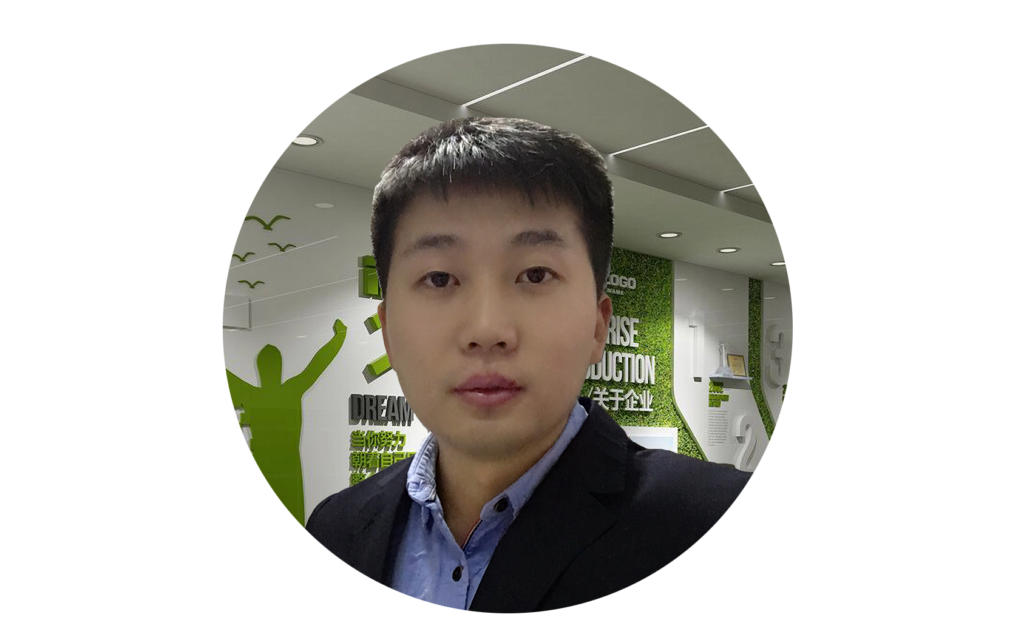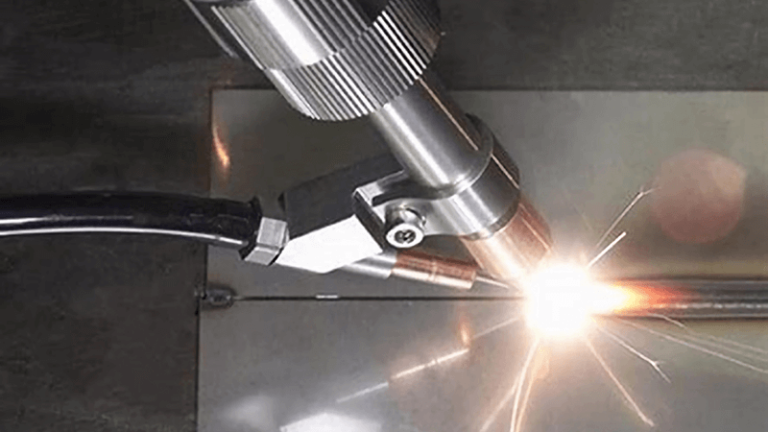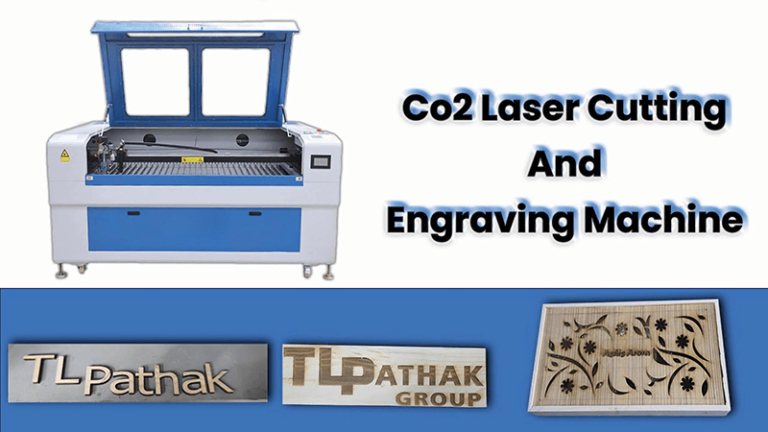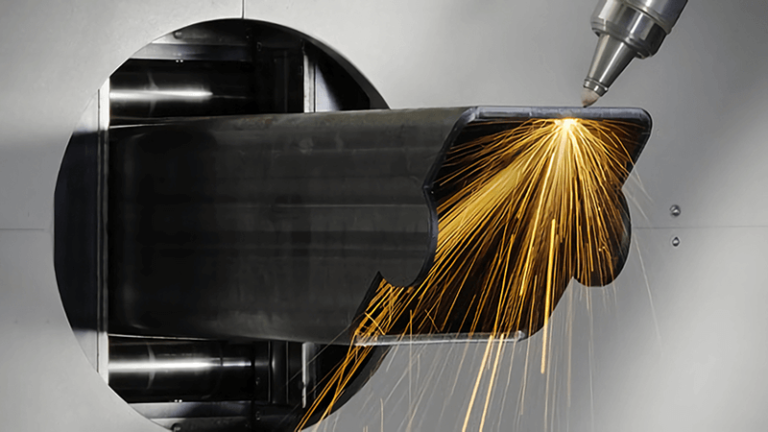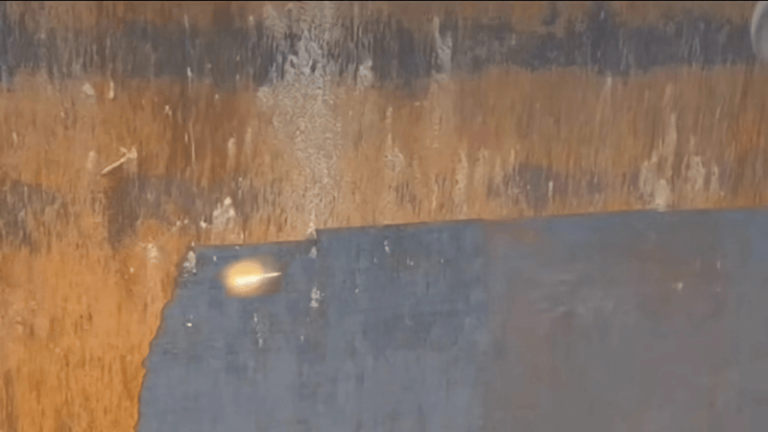Choosing the right laser engraving marking machine can be a challenge, especially with the many options on the market. At Kirin Laser, we understand the complexities of selecting a machine that best fits your needs. In this article, we will explore how to make an informed decision and choose the right machine for your business.
When selecting a laser engraving marking machine, it's crucial to understand factors like material types, workpiece size, power requirements, and machine reliability. Considering these key aspects will help you make a choice that meets both your technical needs and budget.
Now that we know what to keep in mind, let's dive deeper into the specific factors that should influence your decision-making process when choosing a laser engraving marking machine.
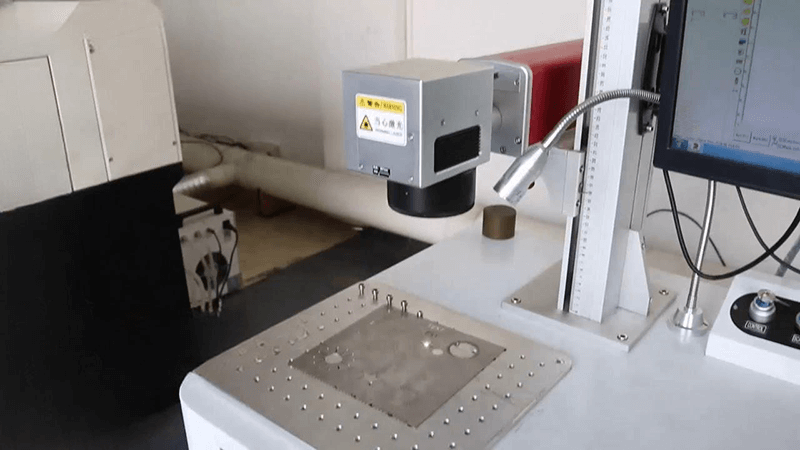
How to choose a laser engraving machine?
Choosing a laser engraving machine isn’t just about picking the most expensive model. It’s about matching the right machine to your specific production requirements. At Kirin Laser, we emphasize the importance of understanding your needs before making a purchase.
The first step in choosing a laser engraving machine is determining what materials you plan to process. From metals to plastics, your material will significantly affect the type of laser machine you need. Other considerations include machine size, power needs, and reliability.
When choosing a laser engraving machine, there are several critical factors to consider to ensure that the machine aligns with your business needs. Let’s break them down into detailed considerations:
1. Material Compatibility1
The material you intend to mark or engrave is the primary deciding factor. Different lasers are designed for different materials, so understanding your material types is crucial.
| Material Type | Best Laser Type | Advantages | Limitations |
|---|---|---|---|
| Metals (e.g., steel, aluminum) | Fiber Laser | High precision, durability, great contrast | More expensive than CO2 lasers |
| Organic materials (e.g., wood, leather) | CO2 Laser | Versatile, good for fine details | Not suitable for metals |
| Plastics (e.g., acrylic) | CO2 Laser or Fiber Laser | Clean engraving, minimal distortion | May need specific adjustments for different plastic types |
| Glass | CO2 Laser or UV Laser | Excellent clarity, permanent markings | Requires specialized setups |
Fiber lasers excel at marking metals and offer fast speeds with minimal maintenance. CO2 lasers are versatile and great for non-metals, whereas UV lasers are ideal for precision applications on delicate items like electronics and glass.
2. Size of Workpieces
Consider the size of the items you plan to process. Some laser machines have a small, compact marking area, while others can handle larger workpieces.
- Small Workpieces: If you only need to process small or intricate items like jewelry or circuit boards, a machine with a smaller marking area and high precision is ideal.
- Large Workpieces: For large materials, such as metal sheets, automotive parts, or signage, you need a machine with a larger bed size. This will reduce the number of operations you need to perform.
When evaluating the size of the workpieces, think about the entire production process. Machines with larger marking areas often come with higher price tags, but they can improve efficiency by handling larger batches or bigger materials in one go.
3. Power Requirements2
Laser power, typically measured in watts, directly impacts the machine’s engraving speed and depth. More powerful lasers can engrave deeper and process thicker materials, while lower-powered lasers are typically used for lighter materials.
| Power Level (W) | Suitable for | Engraving Speed | Best Applications | Price Range |
|---|---|---|---|---|
| 20W | Light materials, fine details | Moderate | Plastics, wood, glass | Lower cost |
| 30W | Medium-duty engraving | Faster | Thin metals, thicker plastics, anodized aluminum | Mid-range cost |
| 50W or higher | Heavy-duty tasks | Fastest | Deep metal engraving, high-speed production | Higher cost |
4. Reliability and Maintenance3
Reliability is essential if you need to run your laser marking machine 24/7. A machine that’s prone to frequent repairs will cause significant downtime, which can harm your business operations.
Kirin Laser focuses on producing highly reliable machines that can withstand continuous operation, making them suitable for industries that require high uptime. Additionally, some machines come with automatic cleaning systems to reduce the frequency of maintenance and ensure consistent quality.
At Kirin Laser, we offer technical support and easy access to spare parts, ensuring that your machine operates smoothly for years to come.

What is the difference between 20W and 30W laser marking machine?
When it comes to laser marking machines, understanding the difference between various wattage options is essential. Many of our clients at Kirin Laser often ask about the difference between 20W and 30W laser marking machines. Let’s break it down.
A 20W laser marking machine is ideal for light-duty tasks and works well with delicate materials. A 30W machine, on the other hand, provides more power and is suitable for heavier-duty tasks, such as deep engraving on metals or marking larger areas.
The main difference between a 20W and 30W laser marking machine4 lies in their power output. Let's look deeper into how these two options compare in terms of practical use.
1. Speed and Efficiency
Higher wattage laser machines, such as the 30W models, are faster and more efficient at processing materials. For large-scale production or applications that require high throughput, a 30W laser is a better option.
| Power Level | Speed | Efficiency | Best for |
|---|---|---|---|
| 20W | Moderate | Good | Precision marking on small, delicate items |
| 30W | Faster | Very Good | High-volume production and deeper engravings |
A 30W machine will be able to complete tasks quicker, reducing operational time and increasing overall productivity. However, it is worth noting that the 30W machine may not offer the same level of precision for smaller and intricate designs compared to the 20W machine5.
2. Material Compatibility
The power difference affects the types of materials that can be processed. A 20W machine is usually sufficient for softer materials like plastics or wood. However, if you plan to mark harder materials like metals, a 30W machine will be more effective, as it can engrave deeper into the material.
3. Cost Implications
The 30W laser marking machine is generally more expensive than the 20W model, both in terms of initial cost and energy consumption. It’s important to weigh the benefits of faster processing and deeper engraving against the additional investment.
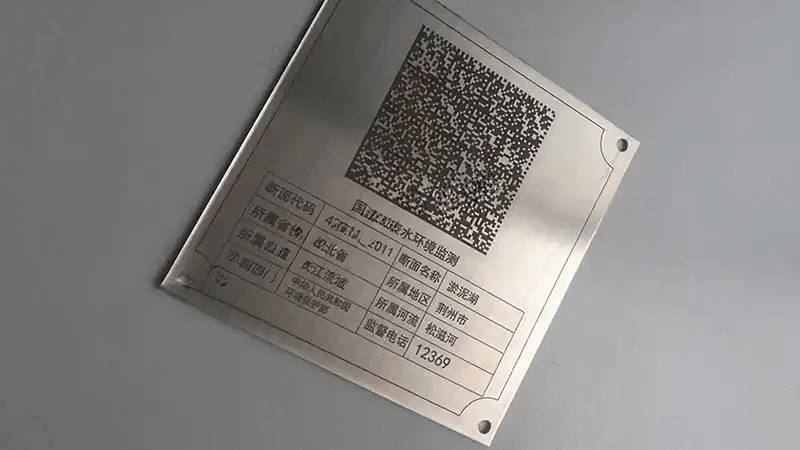
What are the different types of laser marking?
Laser marking technology comes in several types, each with its unique benefits. At Kirin Laser, we offer various laser marking machines, such as fiber lasers, CO2 lasers, and UV lasers. Let’s break down the differences.
The three main types of laser marking machines are fiber lasers, CO2 lasers, and UV lasers. Each type is designed for specific applications, with fiber lasers excelling at metal marking, CO2 lasers being versatile for organic materials, and UV lasers offering precision for delicate tasks.
Understanding the different types of laser marking machines can help you choose the right one for your business. Let’s explore each type in more detail.
1. Fiber Lasers6
Fiber lasers are the most commonly used laser marking machines in industrial applications. They are highly efficient and capable of marking metals and plastics with high precision.
| Feature | Fiber Laser | CO2 Laser | UV Laser |
|---|---|---|---|
| Suitable Materials | Metals, plastics, ceramics, anodized aluminum | Non-metals (wood, plastic, leather, glass) | Delicate materials (glass, plastics, electronic parts) |
| Precision | High precision, excellent contrast | Good precision for detailed work | Extremely fine detail, no material damage |
| Speed | Fast, suitable for high-speed production | Moderate, ideal for small batches | Slower, highly precise marking |
Fiber lasers are ideal for industries like aerospace, automotive, and electronics, where high-contrast, permanent markings on metals are needed. They are also highly durable, which makes them suitable for continuous, heavy-duty use.
2. CO2 Lasers7
CO2 lasers are versatile and widely used across industries like packaging, signage, and textiles. They are cost-effective and perfect for non-metallic materials, producing clean marks without excessive heat.
| Feature | Fiber Laser | CO2 Laser | UV Laser |
|---|---|---|---|
| Suitable Materials | Metals, plastics, ceramics, anodized aluminum | Non-metals (wood, plastic, leather, glass) | Delicate materials (glass, plastics, electronic parts) |
| Precision | High precision, excellent contrast | Good precision for detailed work | Extremely fine detail, no material damage |
| Speed | Fast, suitable for high-speed production | Moderate, ideal for small batches | Slower, highly precise marking |
CO2 lasers are the go-to option for businesses focused on organic materials. They are cost-effective and can handle a wide range of materials but lack the power and precision for marking metals, especially thicker pieces.
3. UV Lasers8
UV lasers are used when extreme precision is required. These lasers are excellent for creating fine details on delicate materials like glass or medical devices without causing any thermal damage.
| Feature | Fiber Laser | CO2 Laser | UV Laser |
|---|---|---|---|
| Suitable Materials | Metals, plastics, ceramics, anodized aluminum | Non-metals (wood, plastic, leather, glass) | Delicate materials (glass, plastics, electronic parts) |
| Precision | High precision, excellent contrast | Good precision for detailed work | Extremely fine detail, no material damage |
| Speed | Fast, suitable for high-speed production | Moderate, ideal for small batches | Slower, highly precise marking |
UV lasers are essential for industries requiring micro-marking and delicate engraving, such as medical device manufacturing and electronics.
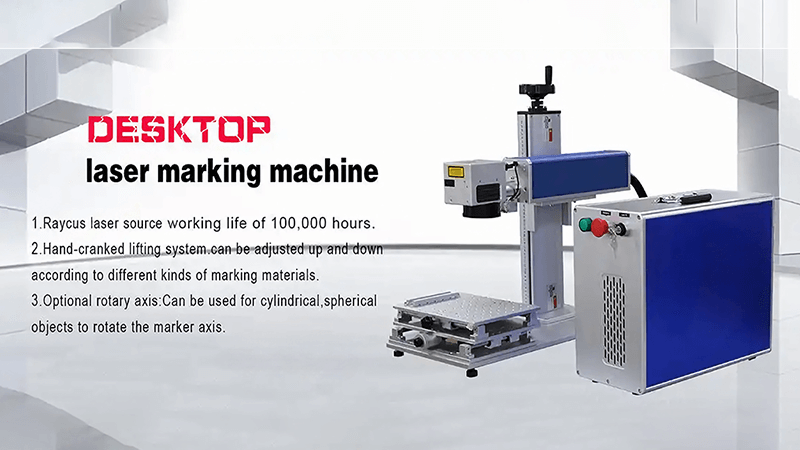
What wattage is best for laser engraving?
Selecting the appropriate wattage for your laser engraving machine is crucial. The right wattage will depend on your materials, the speed of your operation, and your engraving needs. Let’s break down how to select the best wattage for your application.
The best wattage for your laser engraving machine depends on your specific needs. For lighter materials and precision work, a lower wattage, such as 20W, might suffice. For heavier-duty tasks or faster production speeds, a higher wattage, such as 30W or more, may be necessary.
Choosing the right wattage for your laser engraving machine9 can significantly impact your workflow and the quality of your markings. Here are some considerations to guide your decision.
1. Material Type
If you primarily work with metals, a higher wattage10, such as 30W, will allow you to engrave deeper and faster. On the other hand, for non-metals like wood or plastic, a lower wattage, such as 20W, may be sufficient. Higher-wattage lasers can burn through delicate materials more easily, so it's important to match wattage to material properties.
2. Speed and Efficiency
Higher wattage lasers tend to operate faster, making them a better choice for high-volume production. If your business needs to process large batches quickly, investing in a higher-wattage machine will improve efficiency. However, if you're working with smaller volumes or requiring high precision, a lower-wattage machine may provide better control.
3. Detail and Precision
If you're focused on intricate designs and fine details, a lower wattage11 might be preferable. Lower-wattage lasers tend to offer better precision, while higher-wattage lasers may sacrifice some fine detail for speed.
At Kirin Laser, we help guide you through the decision-making process by considering all these factors to recommend the best wattage for your engraving needs.
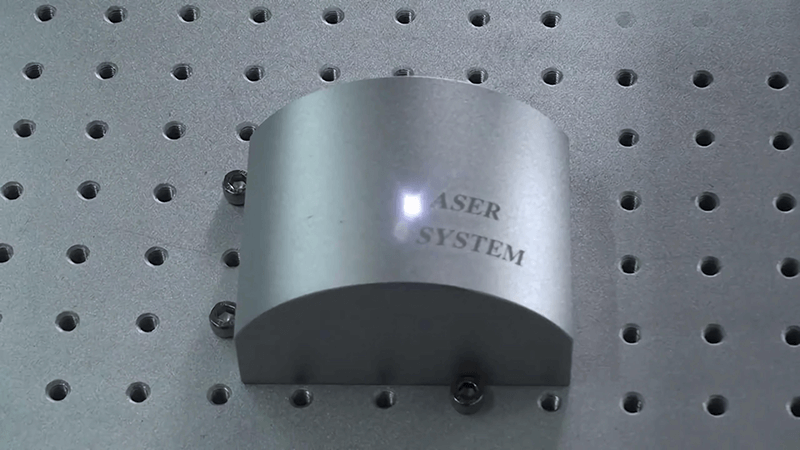
Conclusion
Choosing the right laser engraving marking machine12 depends on several factors, including material type, machine size, laser power, and production speed. By understanding these factors, you can make an informed decision that ensures your investment meets both your technical and financial requirements. Whether you need a 20W or 30W machine, a fiber or CO2 laser, or a particular wattage for precision, Kirin Laser offers machines tailored to your needs, ensuring optimal performance and reliability for years to come.
-
Understanding material compatibility is crucial for selecting the right laser engraving machine for your needs. ↩
-
Learn how power requirements influence the performance of laser engraving machines for various applications. ↩
-
Explore the importance of reliability and maintenance in choosing a laser engraving machine for continuous operation. ↩
-
Explore the benefits of a 30W laser marking machine to understand its efficiency and speed for high-volume production. ↩
-
Learn about the material compatibility of a 20W machine to see if it fits your marking needs, especially for softer materials. ↩
-
Explore the benefits of Fiber Lasers for high-precision marking in various industries, enhancing your understanding of their applications. ↩
-
Learn about the versatility of CO2 Lasers and their effectiveness on non-metallic materials, perfect for various business needs. ↩
-
Discover how UV Lasers are used for delicate marking in industries like medical and electronics, ensuring quality and precision. ↩
-
This resource will guide you through the key factors to consider when selecting a laser engraving machine, ensuring you make an informed decision. ↩
-
Exploring this resource will help you understand how higher wattage can enhance your engraving speed and efficiency, crucial for high-volume production. ↩
-
This link will provide insights into how lower wattage can improve detail and precision in your engraving projects, essential for intricate designs. ↩
-
Find the best laser marking machine and the best prices from Kirin Laser. ↩

